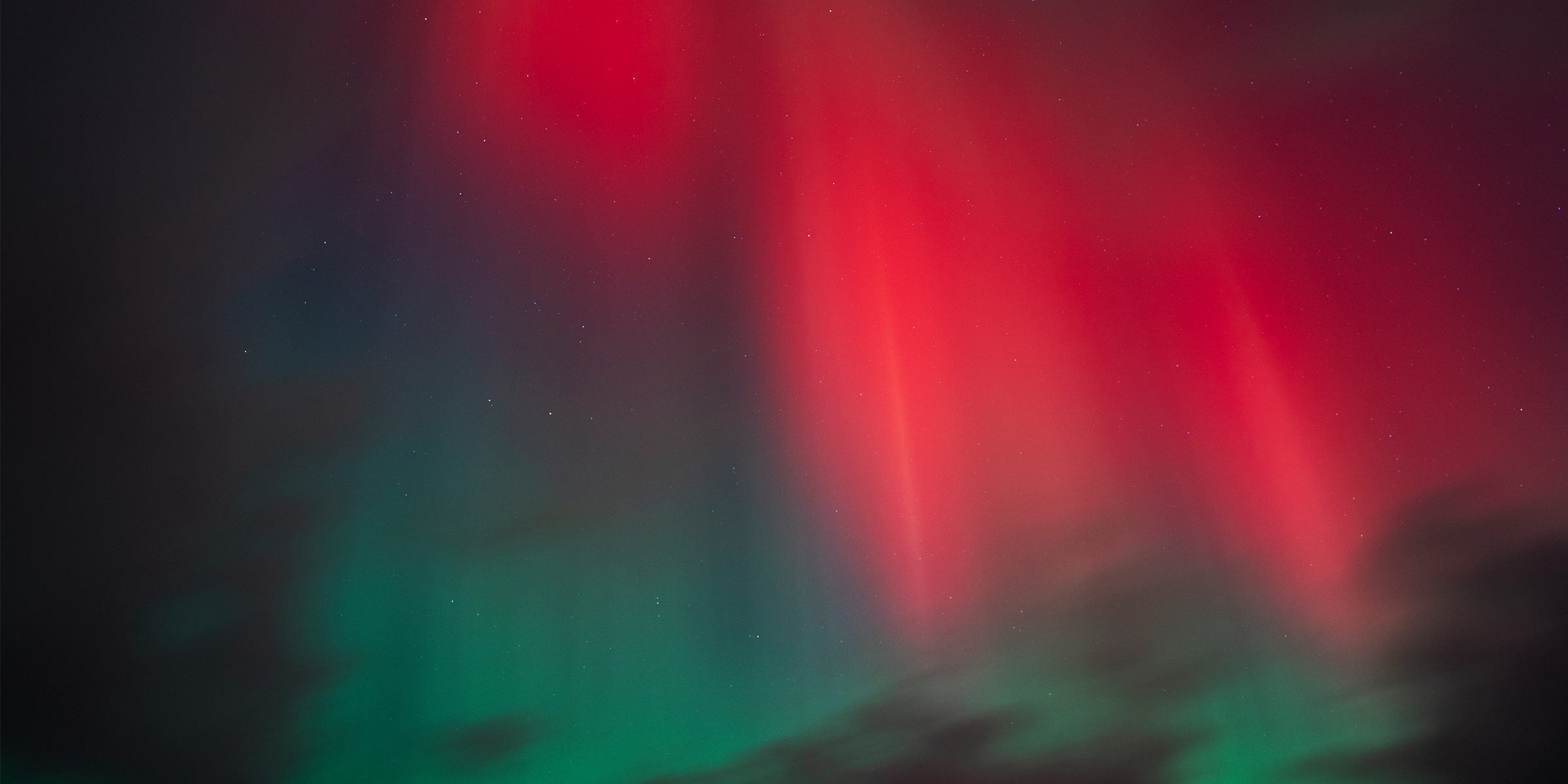
Where in the US Will the Northern Lights Be Visible on Valentine's Day?
This Valentine's Day, a minor geomagnetic storm could bring a dazzling display of the northern lights to parts of the U.S. Find out which locations have the best chance to witness this rare celestial event, why the auroras appear, and how to capture them on camera for an unforgettable night.
Officials have issued a forecast predicting a G1-class geomagnetic storm for Thursday evening, which means auroral activity could be seen this Friday.
This natural phenomenon occurs due to solar activity and geomagnetic disturbances, and its timing aligns perfectly to give lovers a romantic night under the stars.
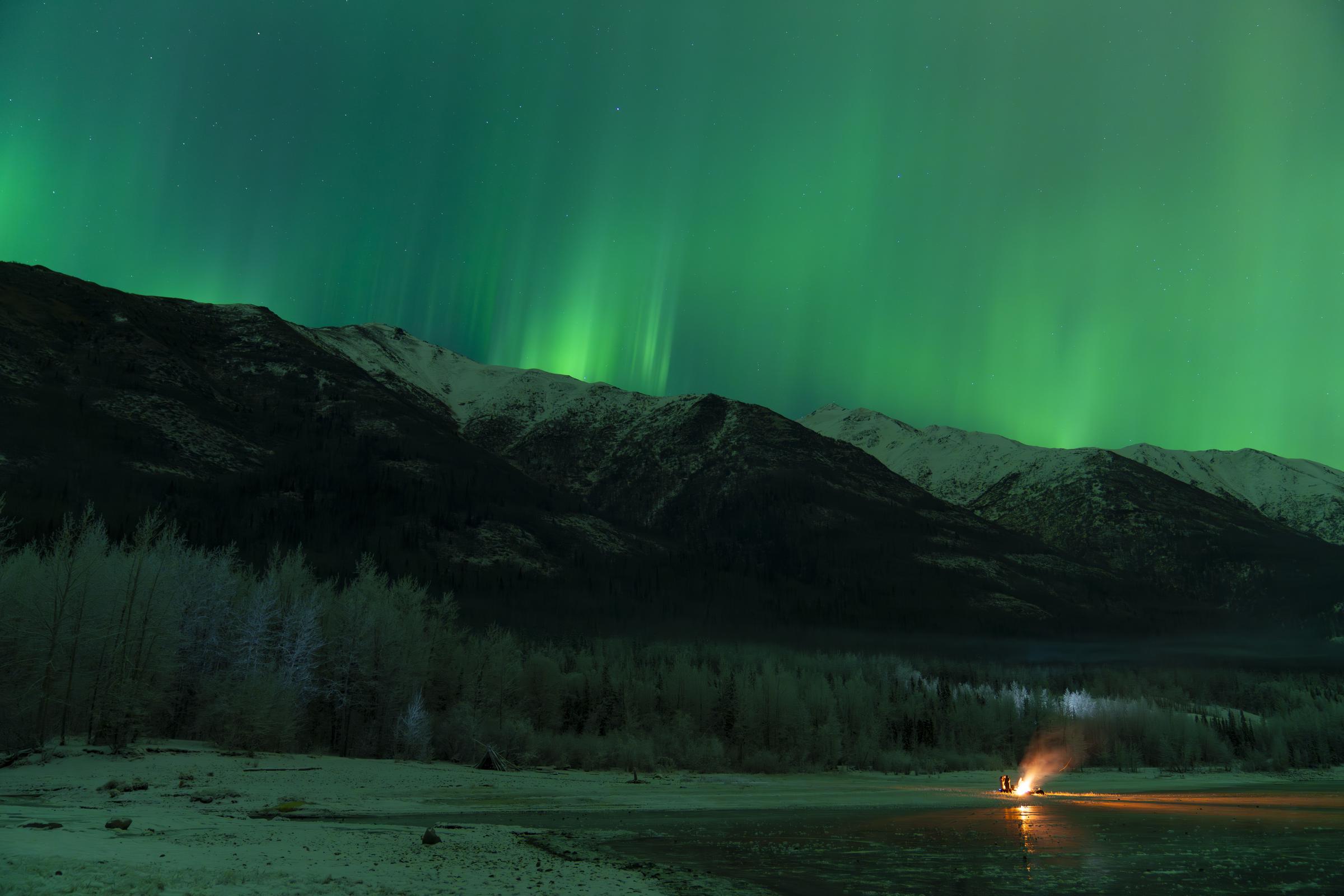
The Northern Lights (Aurora Borealis) seen in Alaska, United States, on December 31, 2024. | Source: Getty Images
What Causes the Northern Lights?
The northern lights, or aurora borealis, provide a window into solar activity, space weather, and Earth's magnetic field. At any given moment, the sun ejects charged particles from its corona, or upper atmosphere, creating the solar wind.
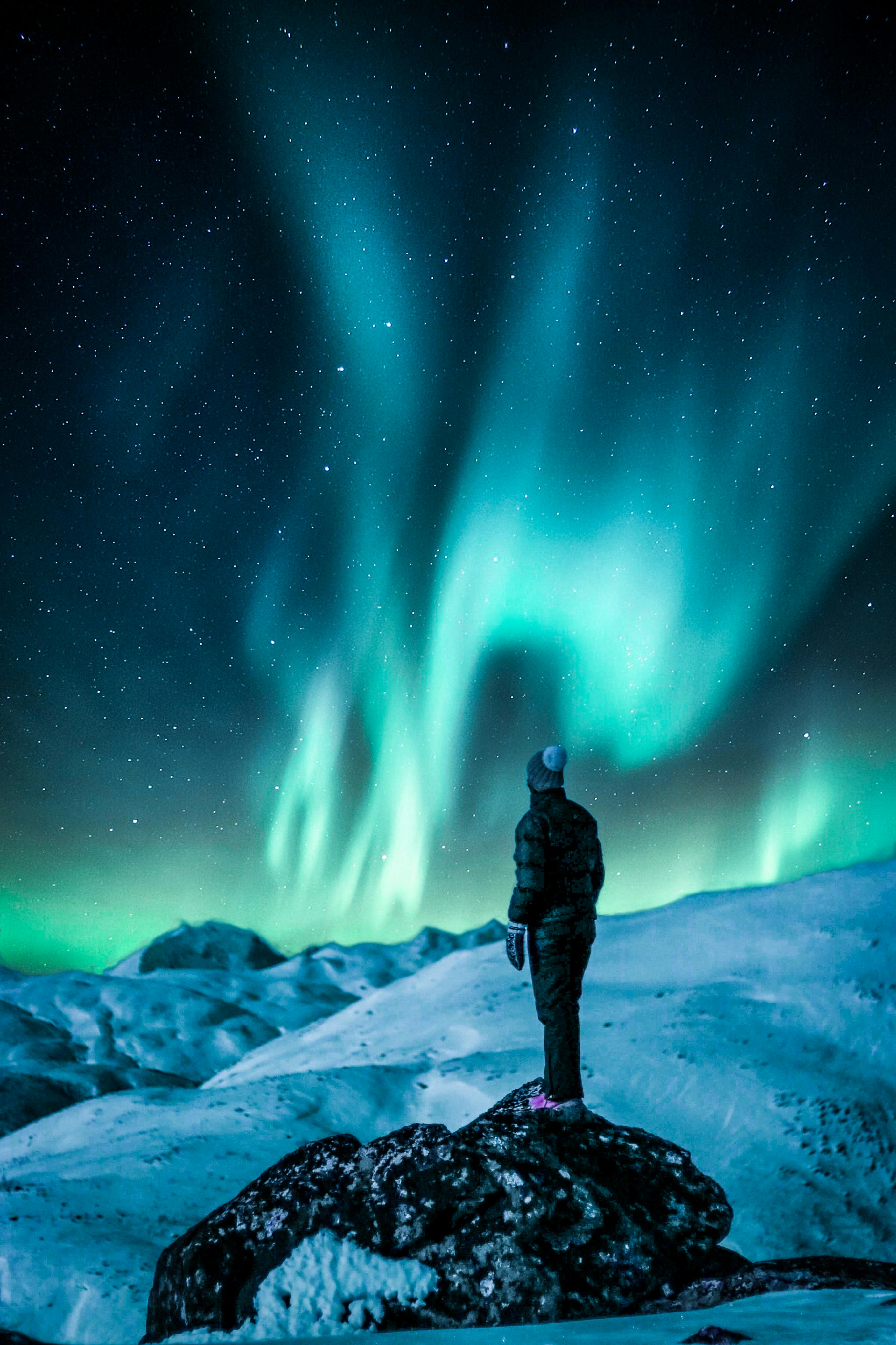
A person viewing the northern lights | Source: Pexels
The auroras are born when this solar wind slams into Earth's ionosphere. In the Northern Hemisphere, this phenomenon is known as the northern lights (aurora borealis), while in the Southern Hemisphere, it is referred to as the southern lights (aurora australis).

A view of the northern lights | Source: Pexels
"These particles are deflected towards the poles of Earth by our planet's magnetic field and interact with our atmosphere, depositing energy and causing the atmosphere to fluoresce," said Billy Teets, director of Dyer Observatory at Vanderbilt University.
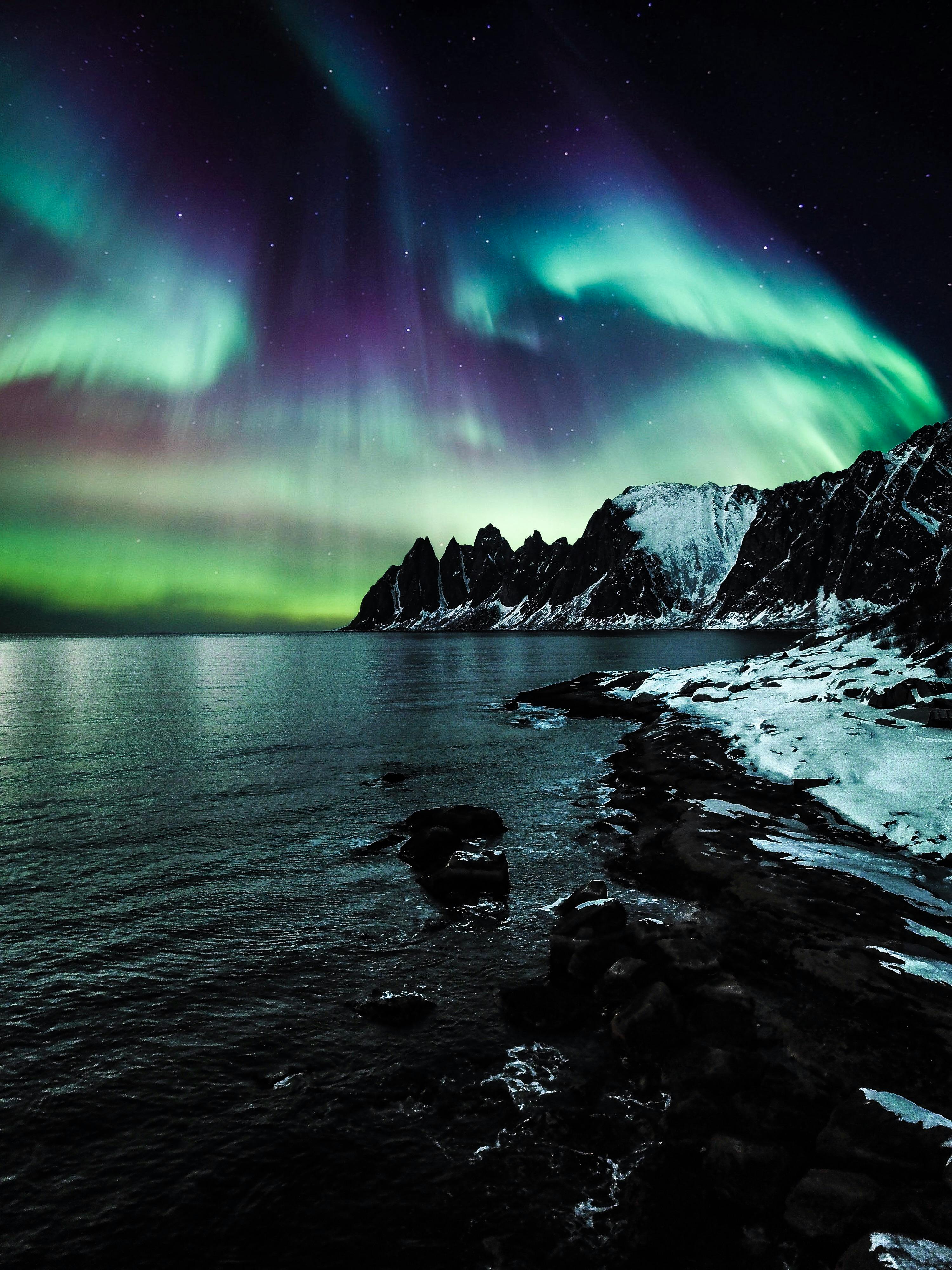
A shot of the northern lights | Source: Pexels
The color of the auroras is dictated by the chemical composition of Earth's atmosphere. "Every type of atom or molecule, whether it's atomic hydrogen or a molecule like carbon dioxide, absorbs and radiates its own unique set of colors, which is analogous to how every human being has a unique set of fingerprints," Teets explained.
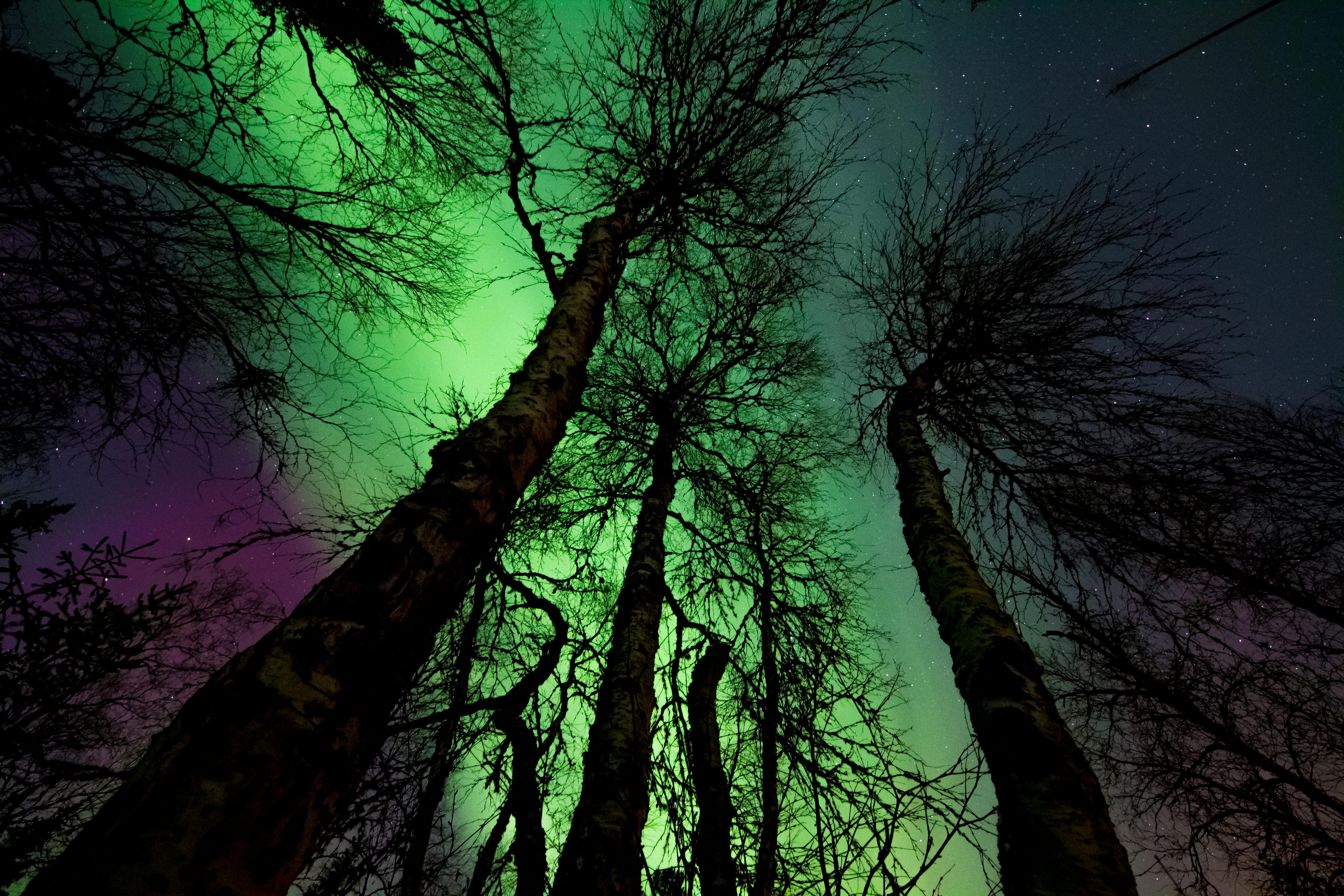
A view of the northern lights through trees | Source: Pexels
"Some of the dominant colors seen in aurorae are red, a hue produced by the nitrogen molecules, and green, which is produced by oxygen molecules," he added.
Where Will the Northern Lights Be Visible?
According to the National Oceanic and Atmospheric Administration (NOAA) Space Weather Prediction Center's aurora view line map, Idaho, Montana, North Dakota, Minnesota, Wisconsin, and Alaska residents have the best chances of seeing the northern lights over the coming days.
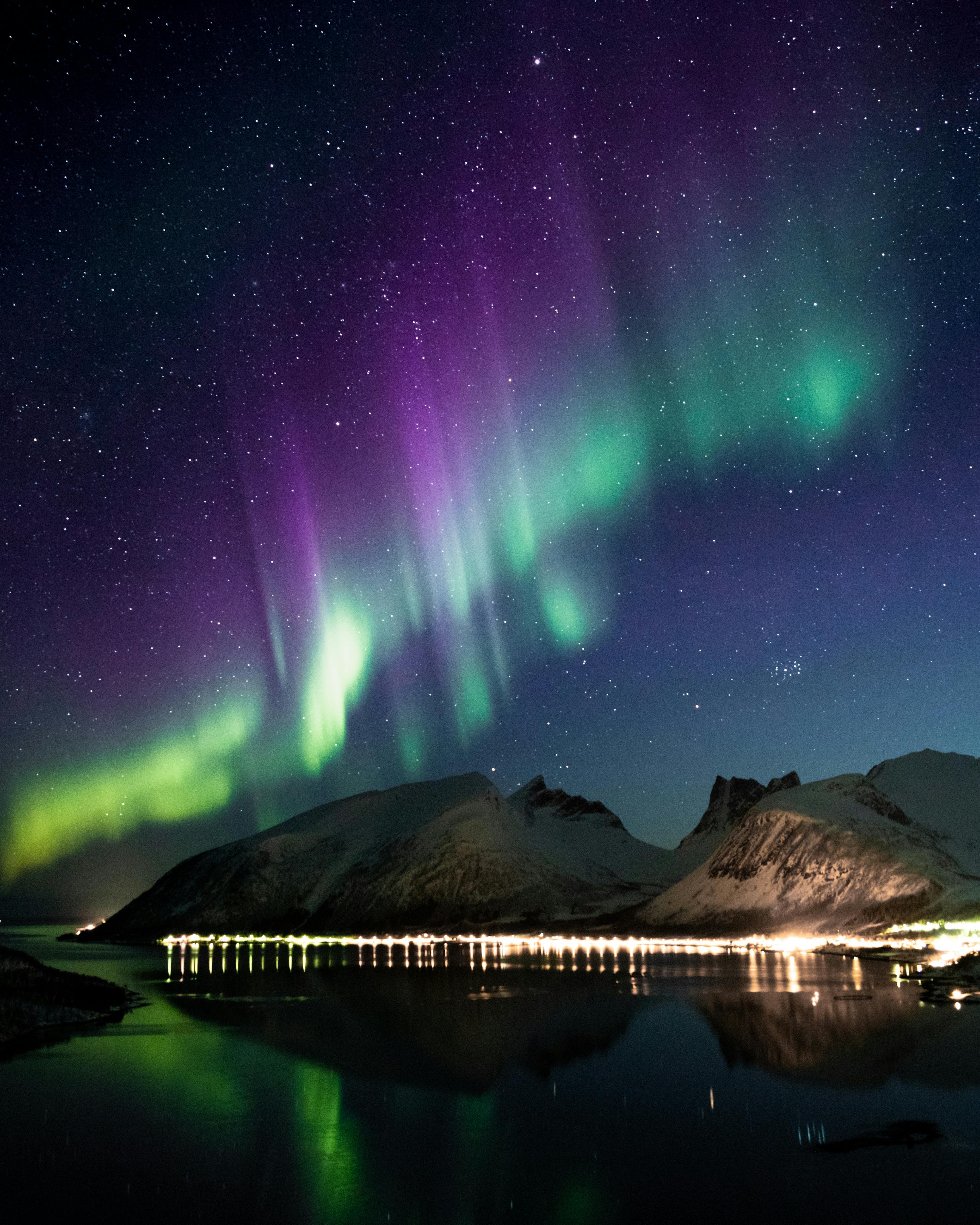
A view of the northern lights | Source: Pexels
Depending on the storm's strength, the auroras could extend as far south as northern Michigan and Maine. Additionally, high-latitude regions such as Canada and Alaska are more likely to witness the auroras.
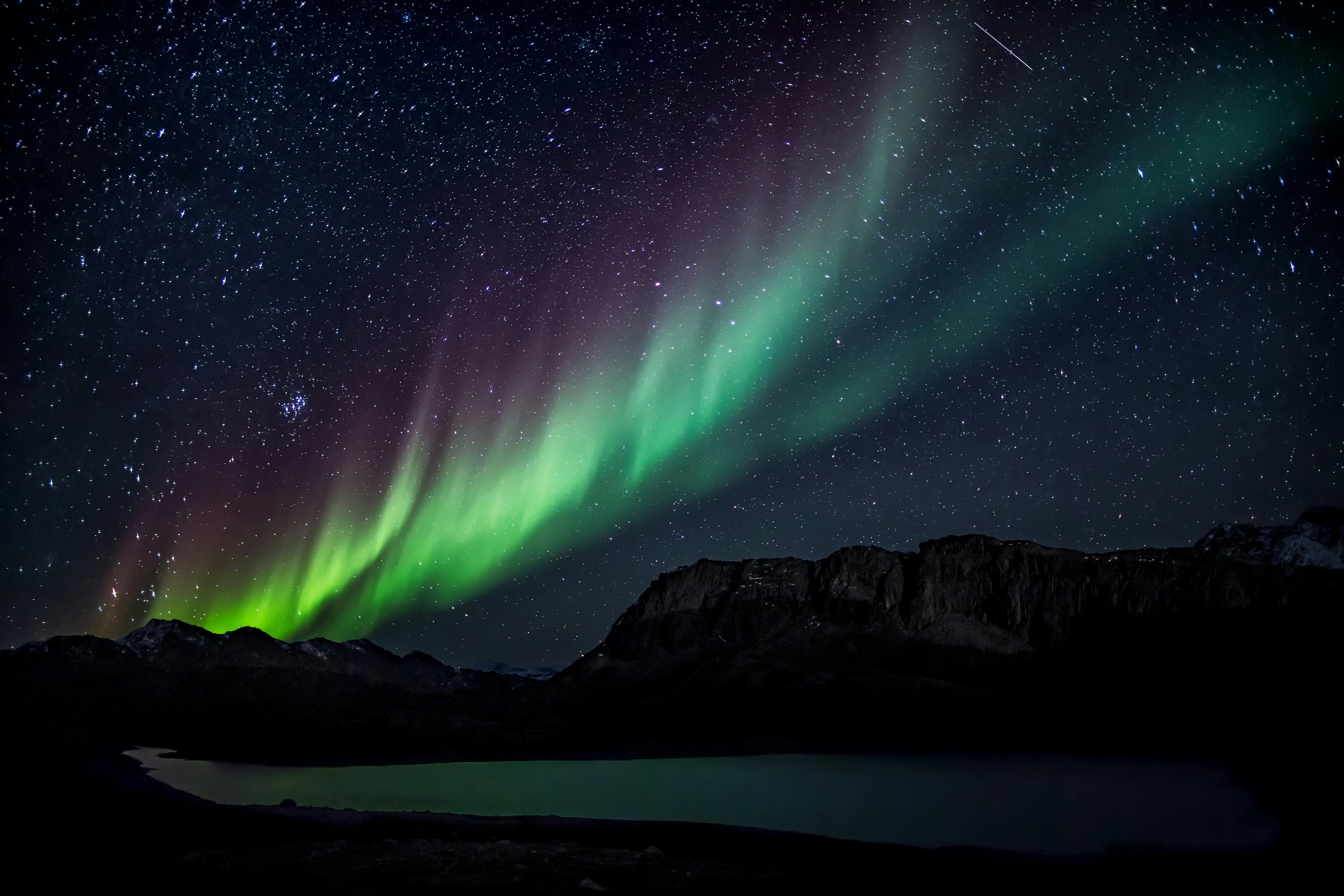
The northern lights | Source: Pexels
Specific locations with favorable conditions include Anchorage, Fairbanks, Juneau, and Utqiagvik in Alaska, as well as Gillam, Manitoba; Iqaluit, Nunavut; Whitehorse, Yukon; and Yellowknife, Northwest Territories.
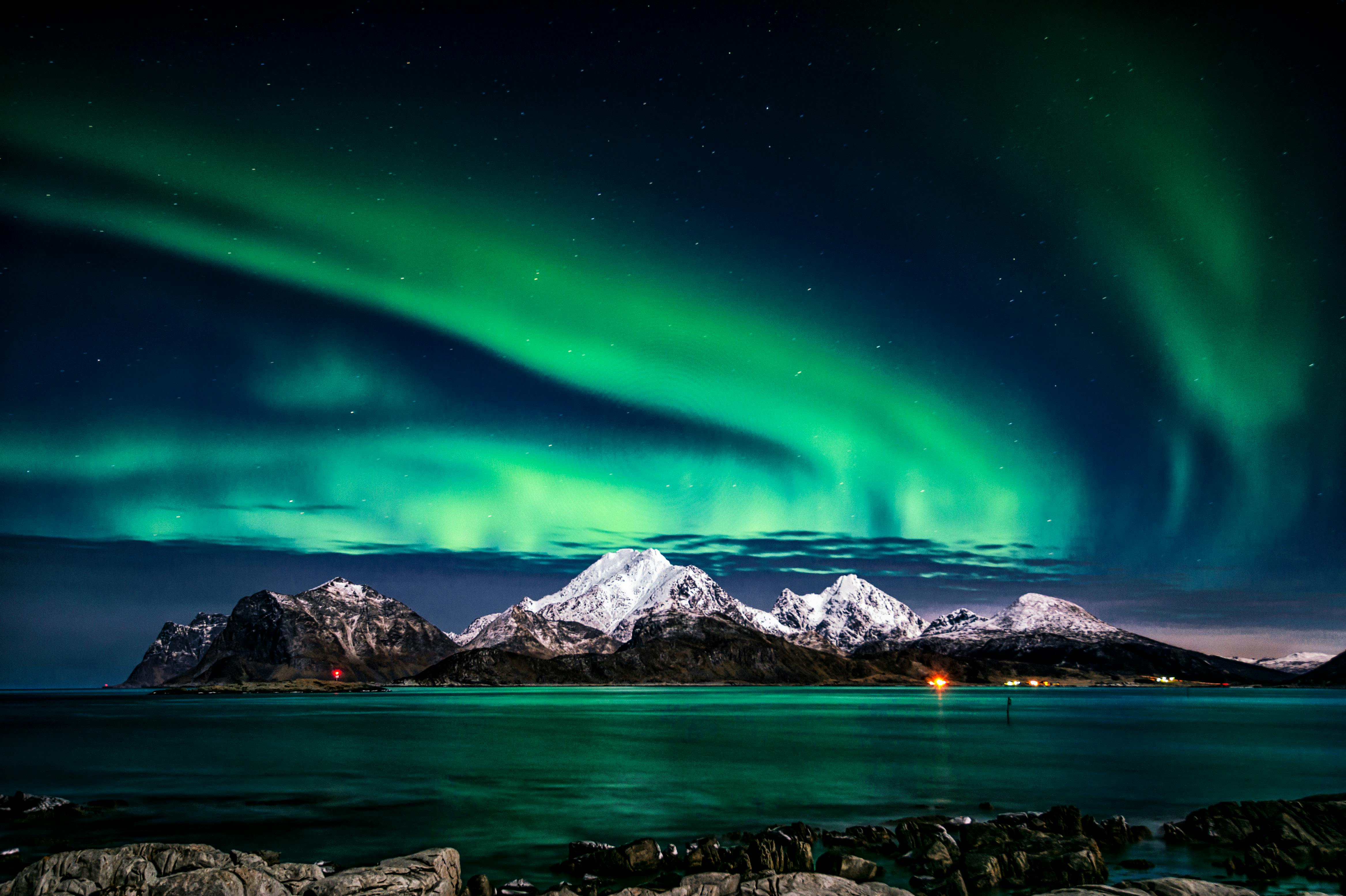
A shot of the northern lights behind mountains | Source: Pexels
How the Sun's Activity Plays a Role
The sun is currently experiencing its solar maximum. This is the peak phase of its cycle when solar activity is at its highest. This heightened activity results in increased coronal mass ejections (CMEs), which are bursts of magnetized plasma emitted from the sun's corona.
When CMEs travel toward Earth as part of the solar wind, they interact with the planet's magnetic field, producing luminous green and pink auroras.
The upcoming geomagnetic storm is expected to be driven by a high solar wind event, much like the G1 storm that previously occurred.
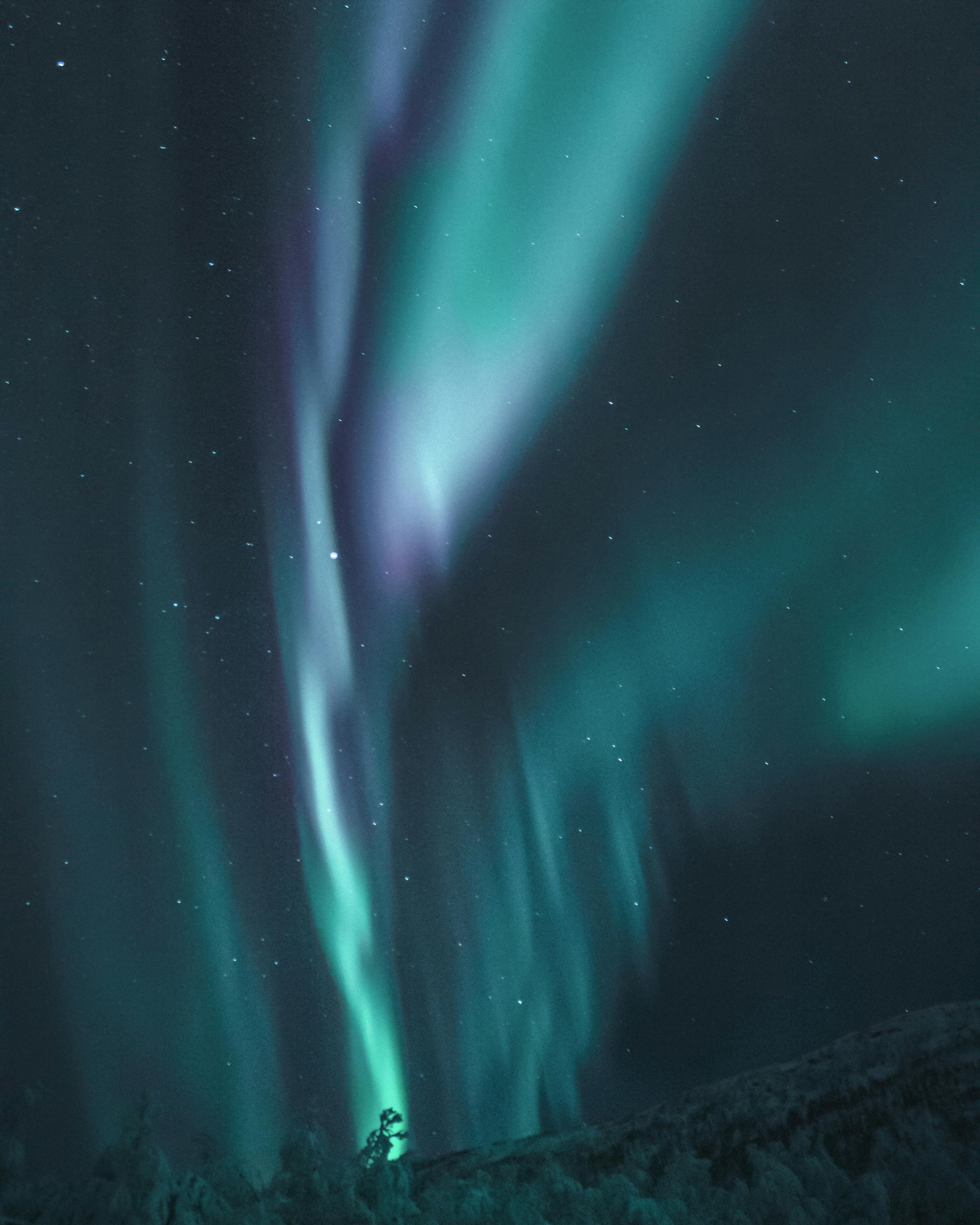
The northern lights | Source: Pexels
Shawn Dahl, coordinator for NOAA's Space Weather Prediction Center, explained that the northern lights occur when a surge of solar material and intense magnetic fields from the sun collide with atoms and molecules in Earth's upper atmosphere.
"As part of that interaction, light gets released, and that's what we see as this shimmering beauty of the aurora," he added.
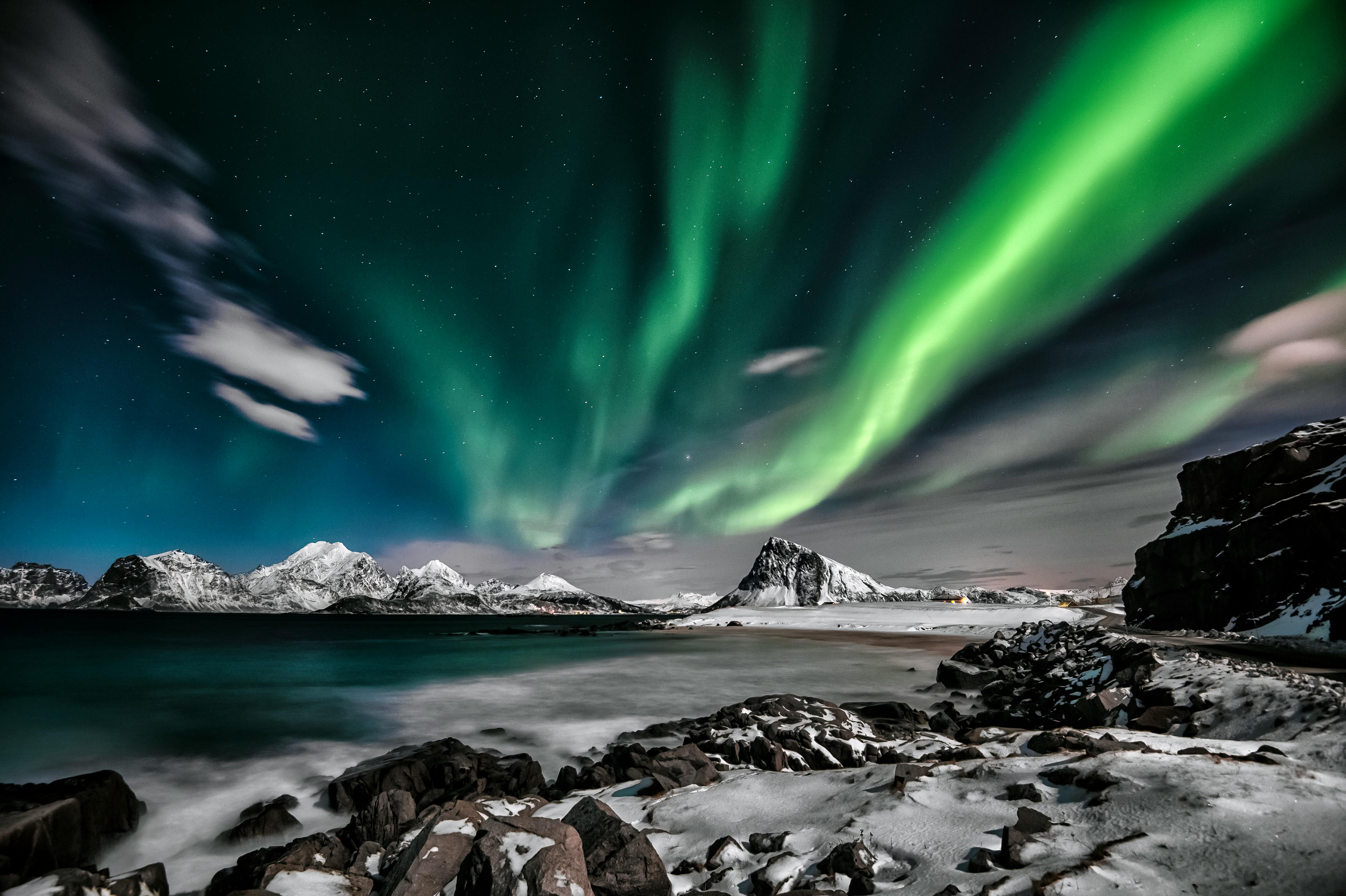
A view of the northern lights | Source: Pexels
NOAA has reported that another solar wind stream is on its way to Earth, flowing from a canyon-like hole in the sun's atmosphere. The first contact with this stream on February 14 could cause a minor G1-class geomagnetic storm, enhancing auroral visibility.
Additionally, these unusual atmospheric conditions have led to another sky phenomenon — polar stratospheric clouds (PSCs). Normally invisible at night, these clouds recently put on a breathtaking display, illuminated by the full Moon.
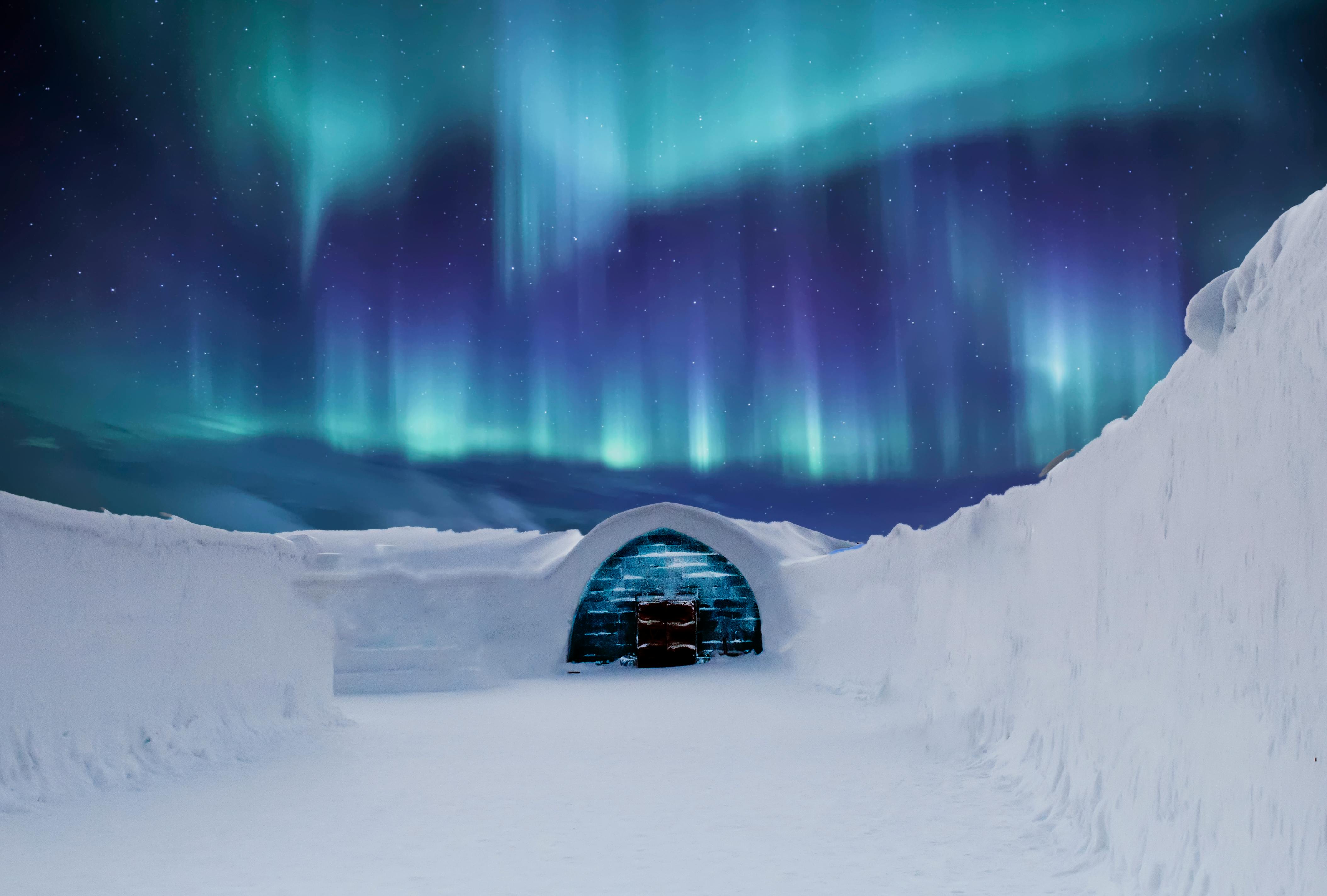
The northern lights | Source: Pexels
PSCs form only when temperatures in the stratosphere drop to an extreme –85°C (–121°F), allowing tiny water molecules to freeze into colorful ice clouds.
This winter, the Arctic's stratosphere has been exceptionally cold, possibly due to a strong polar vortex trapping frigid air over the region.
Photographers and skywatchers in high-latitude areas, including Alaska and parts of Canada, have reported seeing these clouds more frequently than ever.
One longtime observer, Fredrik Broms of Norway, noted, "I have seen more PSCs this winter than in all my life." With heightened aurora activity and the rare nighttime appearance of PSCs, this winter is shaping to be extraordinary for skywatchers.
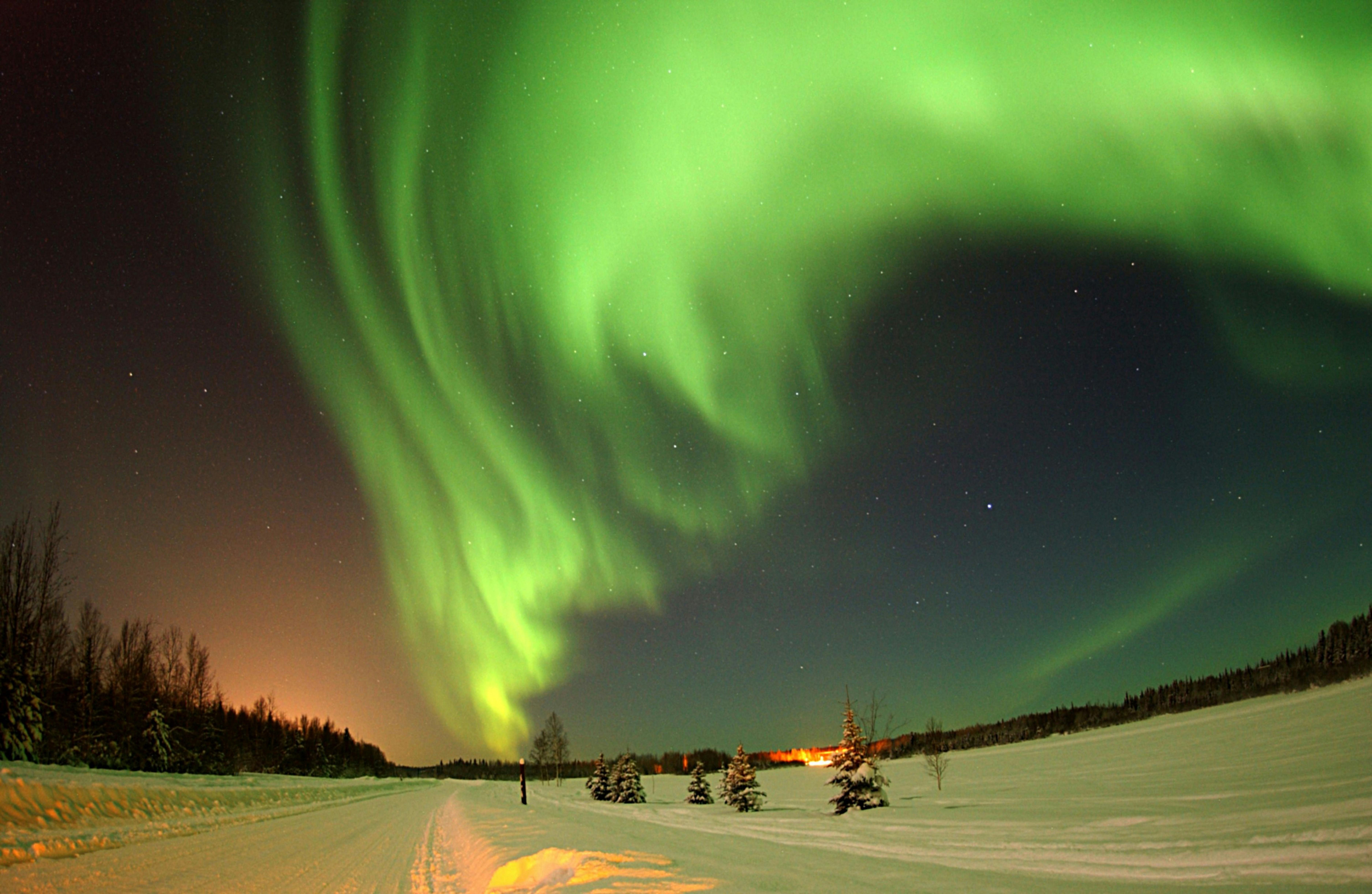
A shot of the northern lights | Source: Pexels
The K-Index and Geomagnetic Storms
The K-index, and by extension, the Planetary K-index, measures the magnitude of geomagnetic storms. A Kp-index of 0 to 9 helps experts determine when geomagnetic alerts and warnings should be issued.
A G1 storm, like the one forecast, is classified as minor, but it can still create stunning auroras under the right conditions. Geomagnetic storms can impact more than just auroras.
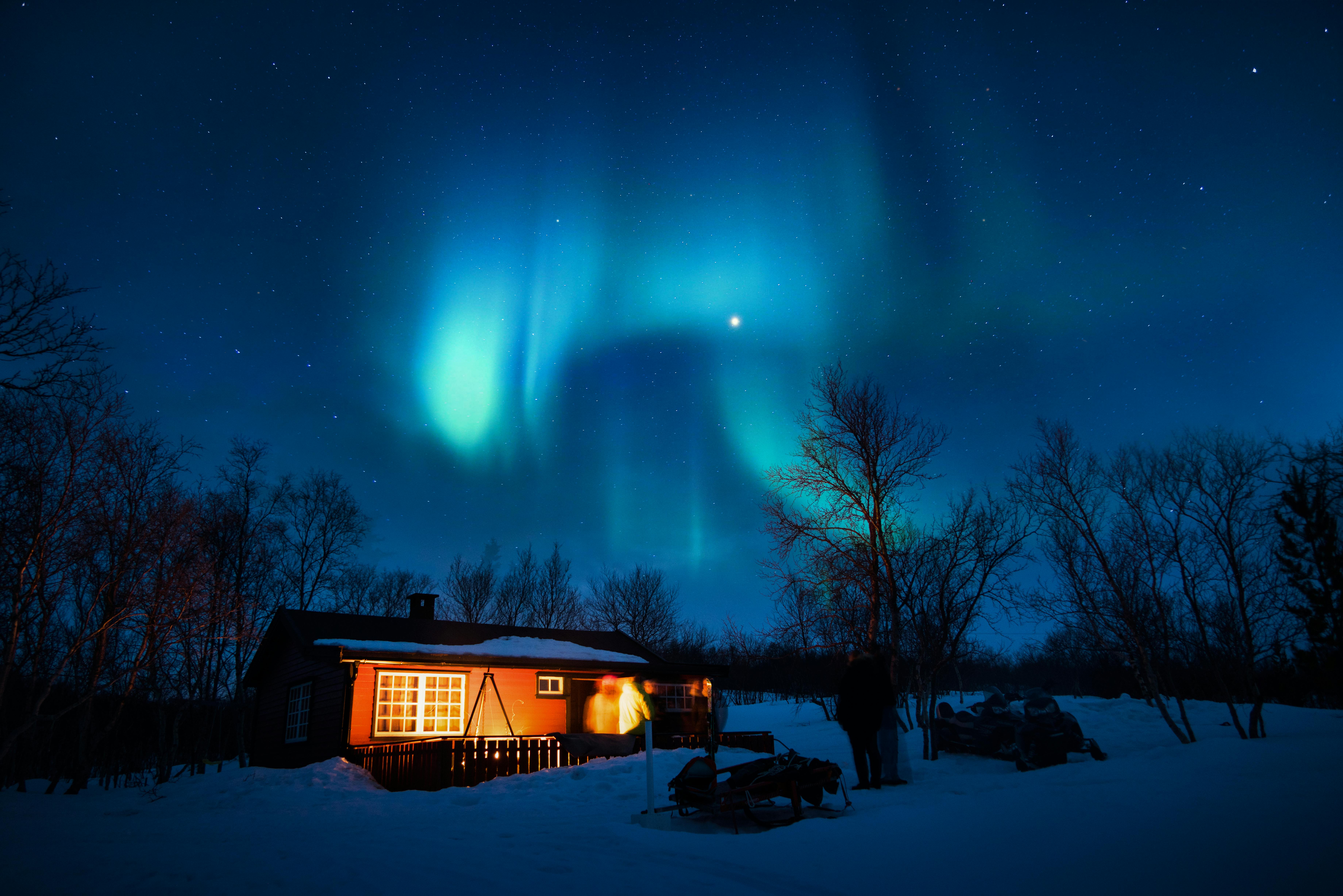
The northern lights | Source: Pexels
According to NOAA, power grids, satellite operations, and radio communications are susceptible to geomagnetic activity. However, most minor storms do not cause significant disruptions.
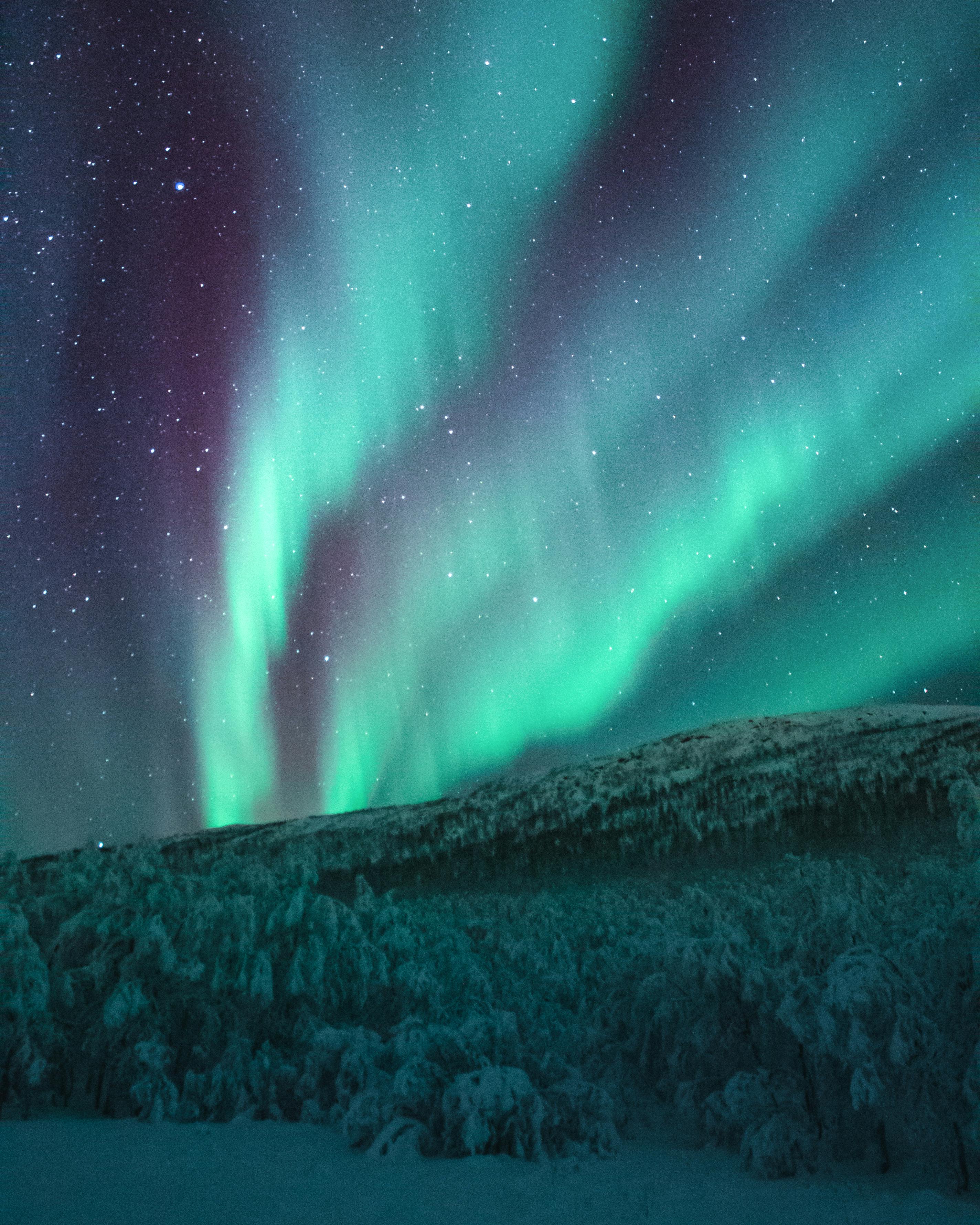
The northern lights | Source: Pexels
When and How to See the Northern Lights
NOAA advises that the best time to see the northern lights is before and after midnight. To maximize visibility, experts recommend traveling to locations with minimal light pollution.
Even a Full Moon can diminish the clarity of the auroras, so finding an area with dark skies is essential. Space weather is unpredictable, making real-time monitoring crucial.
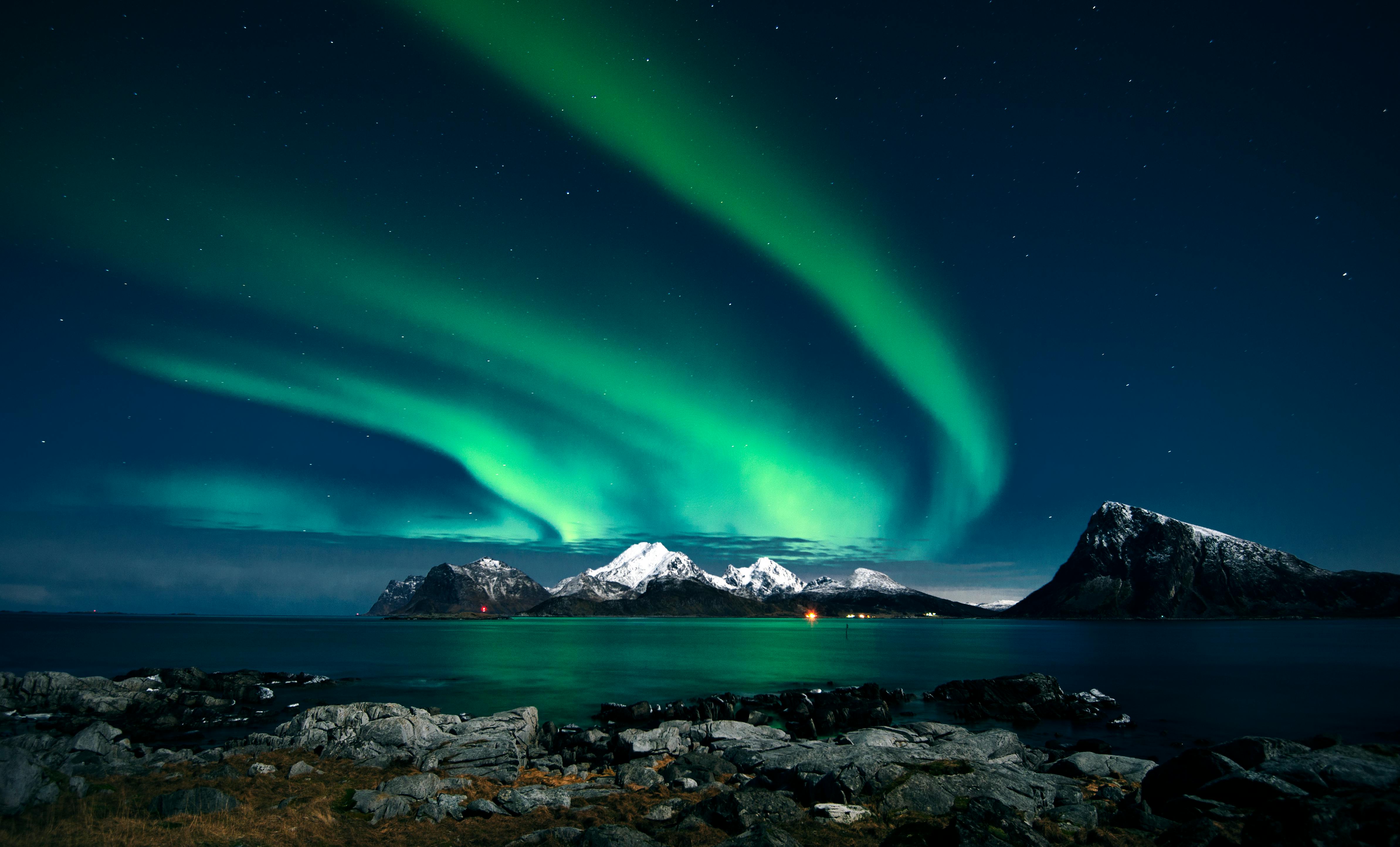
A view of the northern lights | Source: Pexels
The citizen science platform Aurorasaurus sends alerts when auroras might be visible. Additionally, apps like My Aurora Forecast & Alerts and Space Weather Live provide up-to-date space weather conditions for iOS and Android users.
How to Photograph the Northern Lights
Capturing the northern lights requires the right camera settings.
For DSLR or mirrorless cameras:
- Use manual mode and set the focus to infinity.
- Choose an aperture of f/2.8, an ISO between 800 and 1600, and an exposure time of five to ten seconds.
- Adjust the white balance to around 3,500K for better color accuracy.
- Reduce ISO or exposure time if the image is too bright; increase if it's too dark.
- Avoid excessive noise by balancing ISO and exposure time accordingly.
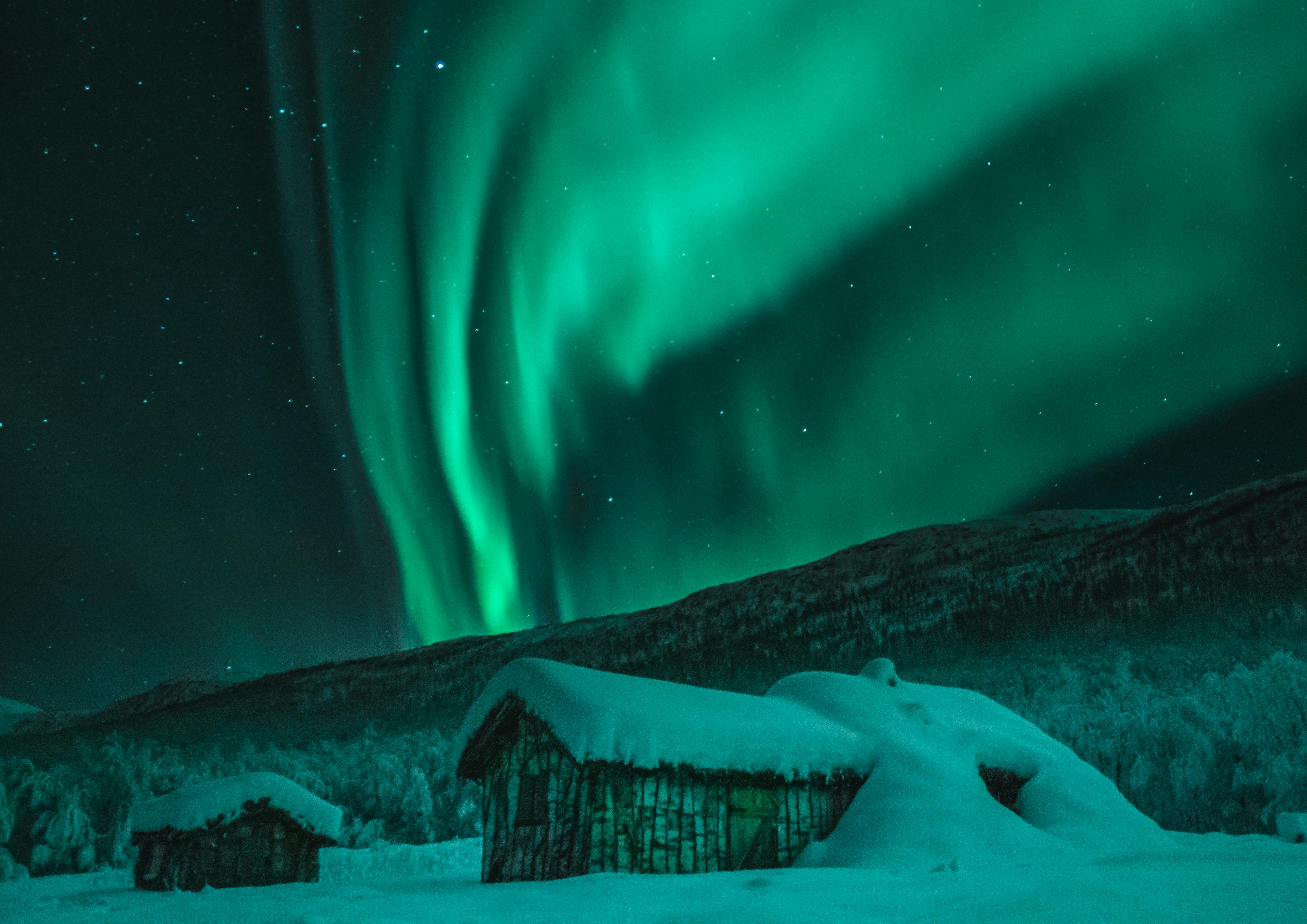
The northern lights | Source: Pexels
For smartphones:
- Enable night mode if available, or use a third-party app with manual controls.
- Stabilize the phone using a tripod to prevent blurring.
- Set ISO to around 800 and exposure time to five seconds.
- Adjust the white balance if the colors appear unnatural.
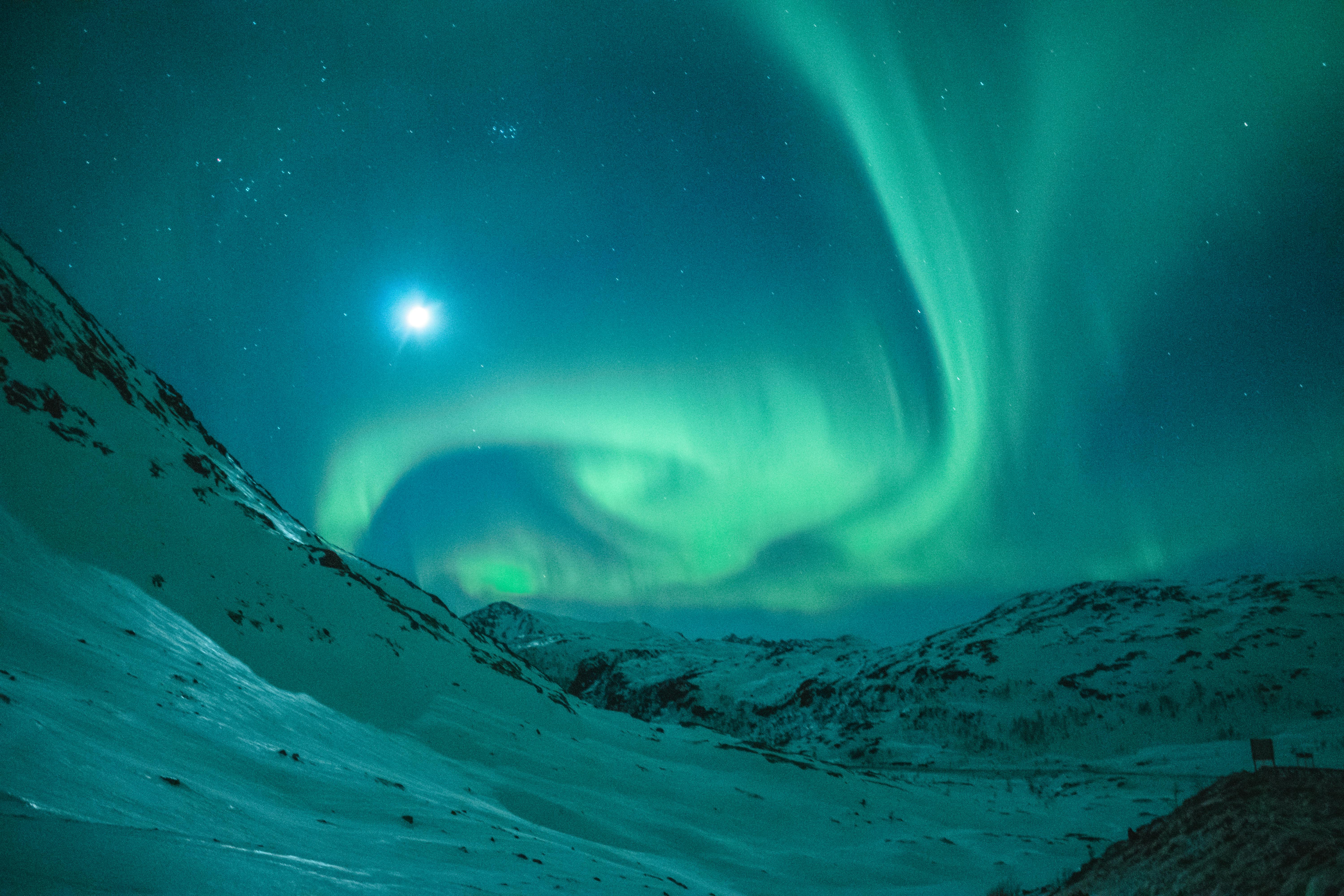
A view of the northern lights | Source: Pexels
A Valentine's Day to Remember
Northern Michigan and Maine skywatchers may experience an unforgettable Valentine's Day light show. While space weather remains unpredictable, heightened solar activity suggests that more auroral displays could be on the horizon in the coming months.
As Elizabeth Macdonald, a space physicist with NASA's Goddard Space Flight Center, noted, the auroras are "the last step of processes" originating from the sun's energy.
She emphasized how the northern lights provide insight into the complex interactions between solar material and Earth's atmosphere.
Whether you're an astronomy enthusiast or simply looking for a unique way to spend Valentine's Day, this year's solar activity may create a spectacle worth watching.
Keep an eye on space weather forecasts, head to a dark sky location, and prepare for the mesmerizing display of nature's light show.
